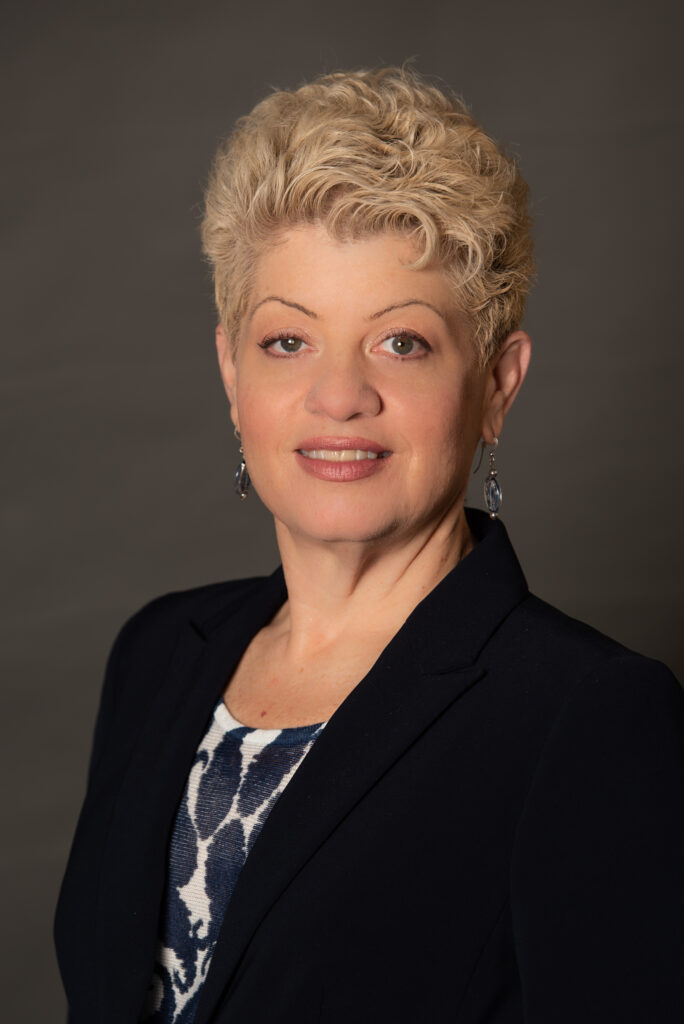
Lisa Griffee, Director of Quality Improvement
Have you ever wondered what the difference is between hospices? Do some provide better care than others? How would you choose a hospice if you or your loved one needed it?
These questions and many more are faced by patients and families every day in our communities. Knowing when to choose hospice care can be a daunting task and overwhelmed families often don’t know where to turn.
In January, Hospice of the Chesapeake joined hundreds of hospice and palliative care organizations and providers nationwide in a program to establish and exceed quality expectations. By enrolling in the newly created Quality Connections program with other members of the National Hospice and Palliative Care Organization, we declared our commitment to sharing our achievements and to demonstrate how we got there. In turn, we will learn from others, grow with them and ultimately find each next step of excellence in our mission of caring for life throughout the journey with illness and loss.
As the Director of Quality Improvement, it is my job to guide our organization’s teams in constantly looking at how we design or redesign our systems and processes to best meet the needs of our patients and families. We know that any focus on quality improvement will only strengthen the care we provide to our patients and our community.
Hospice of the Chesapeake has always had a focus on quality care but with this new program, we seek to achieve continuous quality improvement by enhancing knowledge base, skills and competency in a broader way. It standardizes benchmarks so that we have a way to learn and grow and ultimately share our success stories.
Quality Connections seeks to compare care in a far more reaching way in how we care for patients and families. It also asks how do we care for veterans? What programs do we have in place for grievers? How can we improve in creating a more diverse, inclusive and equitable organization? Just like hospice is a team approach to caring for a patient’s body, mind and spirit, this new program is a team approach to improving the body, mind and spirit of hospice organizations.
Hospice organizations have limited ways to compare themselves to one another. The Centers for Medicare and Medicaid Services gathers data that it shares through its Care Compare website but unfortunately, its scope is limited to comparing a small portion of our care, primarily when the patient is admitted. As you can imagine, there are so many facets of care that we need to always seek to improve, adjust, and enhance. An example of this is preventing patient falls.
 Patient falls are one of our greatest concerns because as illness progresses nearing end of life, patients may lose their stability or medications may contribute to a lack of balance. The hospice industry has not agreed on how to define a fall, so while we have our historical data to review, we have not had the ability to compare to a nationally accepted benchmark. If we know how others are doing when it comes to preventing falls, we can learn from them. If we are achieving better outcomes than other hospices, we can in turn teach them what we have learned to do differently. A focus on quality care improves outcomes for patients and families.
Patient falls are one of our greatest concerns because as illness progresses nearing end of life, patients may lose their stability or medications may contribute to a lack of balance. The hospice industry has not agreed on how to define a fall, so while we have our historical data to review, we have not had the ability to compare to a nationally accepted benchmark. If we know how others are doing when it comes to preventing falls, we can learn from them. If we are achieving better outcomes than other hospices, we can in turn teach them what we have learned to do differently. A focus on quality care improves outcomes for patients and families.
Quality Connections seeks to compare care in a far more reaching way in how we care for patients and families. It also asks how do we care for veterans? What programs do we have in place for grievers? How can we improve in creating a more diverse, inclusive and equitable organization? Just like hospice is a team approach to caring for a patient’s body, mind and spirit, this new program is a team approach to improving the body, mind and spirit of hospice organizations.
What is most remarkable about this program is that it is something we all want. Not just we, the hospice care professionals, but we, the community. Patients and families deserve to know which organizations exceed care goals based on a framework of benchmarks developed by colleagues, researchers and industry experts. They need to know if there is a Veteran-to-Veteran volunteer program established, if bereavement services include one-on-one consultations, if there are team members who can provide Spanish language skills. By participating in this program, Hospice of the Chesapeake is demonstrating that we are committed and invested in making sure we are providing the kind of quality care and services that set us apart and provide the care patients and families want and need.
There is always room for improvement, a fresh new look at care or an adjustment to a current process Especially in healthcare, we should always be asking ourselves what can we learn, how do we improve, what can we do better? We should always be growing and most importantly, listening to our patients and their families about the care we provide.
Learn more about the Quality Connections program with this introductory video from the National Hospice and Palliative Care Organization to its members.


